Subphylum Xenoturbellida Scientific name Xenoturbella Rank Genus | Family Xenoturbellidae Higher classification Xenoturbellidae | |
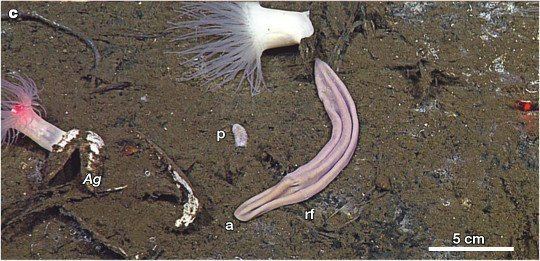 | ||
Similar Entoprocta, Priapulida, Hemichordate, Echiura, Placozoa | ||
Xenoturbella bocki
Xenoturbella is a genus of very simple bilaterians up to a few centimeters long. It contains a small number of marine benthic worm-like species.
Contents
- Xenoturbella bocki
- Strange worm xenoturbella bocki
- Description
- Species
- Phylogeny
- Additional material
- References

The first known species (Xenoturbella bocki) was discovered in 1915 by Sixten Bock, but it was only properly described in 1949 by Einar Westblad.
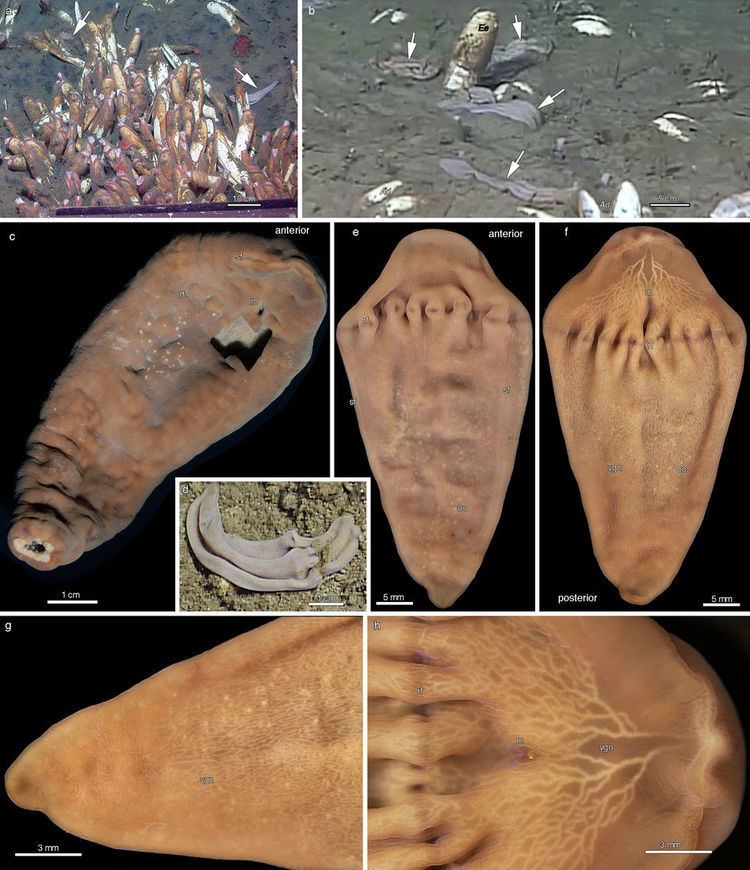
Strange worm xenoturbella bocki
Description
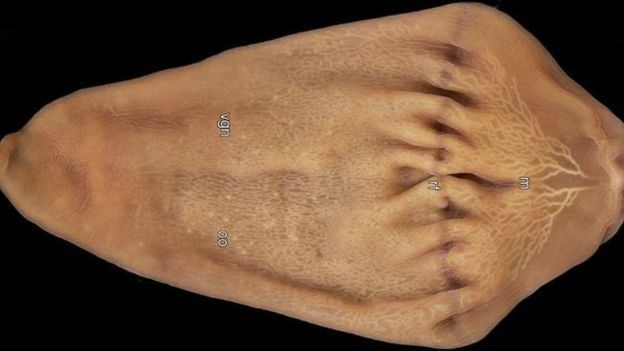
Xenoturbella has a very simple body plan. It consists of two ciliated epithelial layers: an external epidermis and an internal gastrodermis lining the simple sack-like gut. The mouth is located ventrally and there is no anus, waste is dispelled through the same opening as food is taken in.
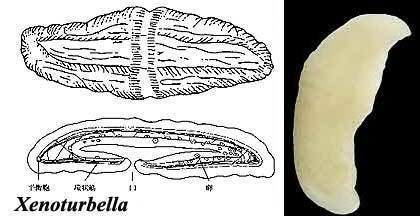
The nervous system is composed by a net of interconnected neurons beneath the epidermis, without any concentration of neurons forming ganglia or nerve cords.
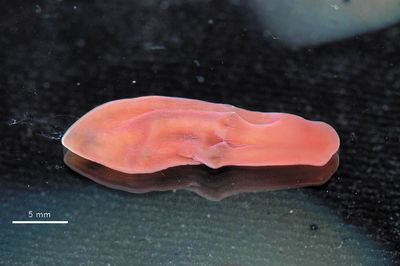
Species of Xenoturbella also lack a respiratory, a circulatory and an excretory system. In fact, there are no defined organs, except for a statocyst containing flagellated cells. There are no organized gonads, but gametes are produced. Adults producing sperm are very rarely observed, but eggs and embryos are known to occur in follicles.
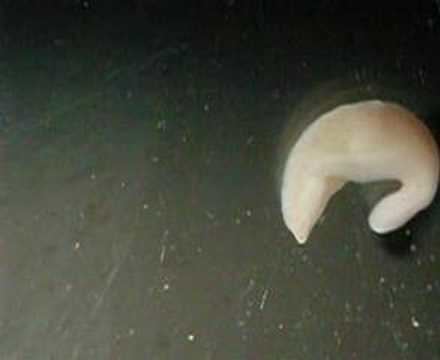
Eggs of Xenoturbella are 0.2 millimetres (0.0079 in) wide, pale orange and opaque. Newly hatched embryos are free-swimming (tending to stay close to water surface) and ciliated. They feature no mouth and they do not apparently feed. They are similar to the juveniles of acoelomate Neochildia fusca.
Species
Currently the genus Xenoturbella contains 6 recognized species:
The two smaller species, X. bocki and X. hollandorum, which are up to 4 centimetres (1.6 in) long, are found in shallower waters less than 650 metres (2,130 ft) deep and form a separate clade from the other three larger species, 10 centimetres (3.9 in) or greater long, which live in deeper waters 1,700–3,700 metres (5,600–12,100 ft).
Phylogeny
The systematic position of Xenoturbella has been considered enigmatic since its discovery. An early DNA analysis suggested a close relationship to molluscs, but it was probably a result from contamination with DNA of molluscs that Xenoturbella consumes.
A subsequent study suggested a placement of the genus in its own phylum, Xenoturbellida, as a deuterostome clade and sister group to the Ambulacraria. The deuterostome affiliations were then recovered by studies that indicate a basal position of this phylum within the deuterostomes or in a sister group relationship with the Ambulacraria.
However, morphological characters, such as the structure of epidermal cilia, suggested a close relationship with Acoelomorpha, another problematic group. The study of the embryonic stages of Xenoturbella also showed that it is a direct developer without a feeding larval stage, and this developmental mode is similar to that of acoelomorphs. Molecular studies based on the concatenation of hundreds of proteins revealed indeed a monophyletic group composed by Xenoturbella and Acoelomorpha. This clade was named Xenacoelomorpha.
The monophyly of Xenacoelomorpha soon became established, but its position as either a basal bilaterian clade or a deuterostome remained unresolved until very recently, when two new studies, with increased gene and taxon sampling, again placed Xenoturbella as the sister group of Acoelomorpha within Xenacoelomorpha, and placed Xenacoelomorpha as sister to Nephrozoa (Protostomia plus Deuterostomia), and therefore the basalmost bilaterian phylum.
